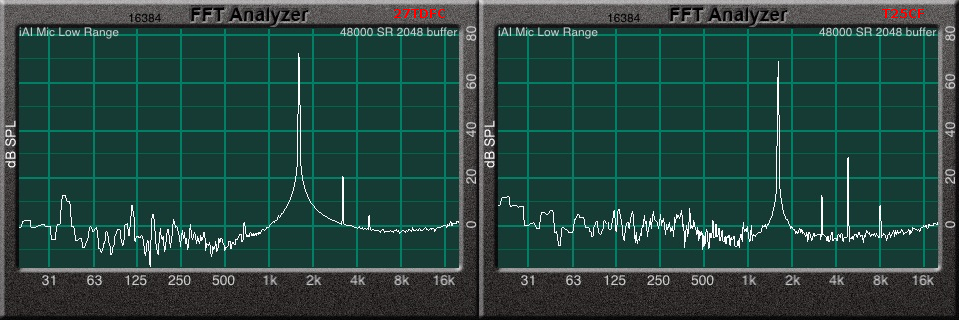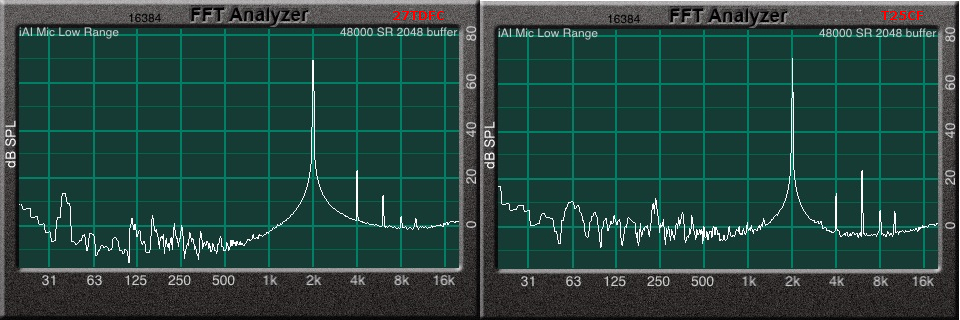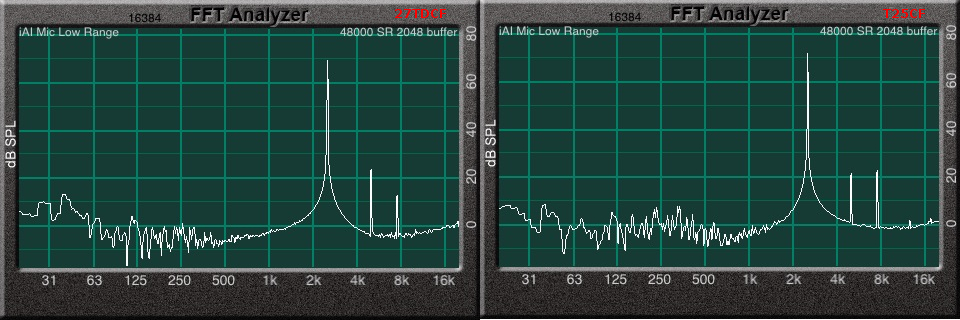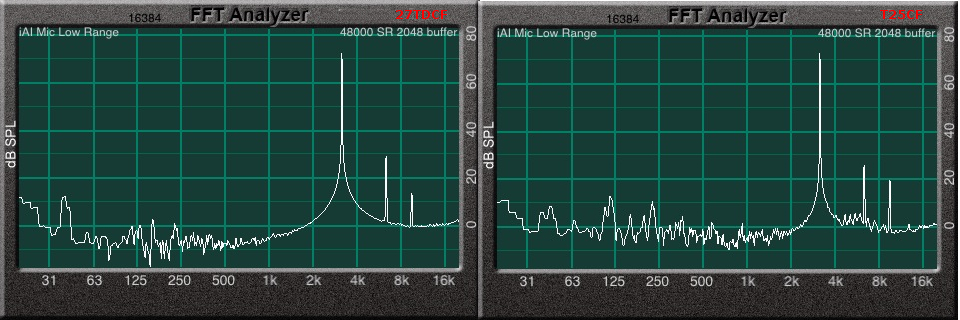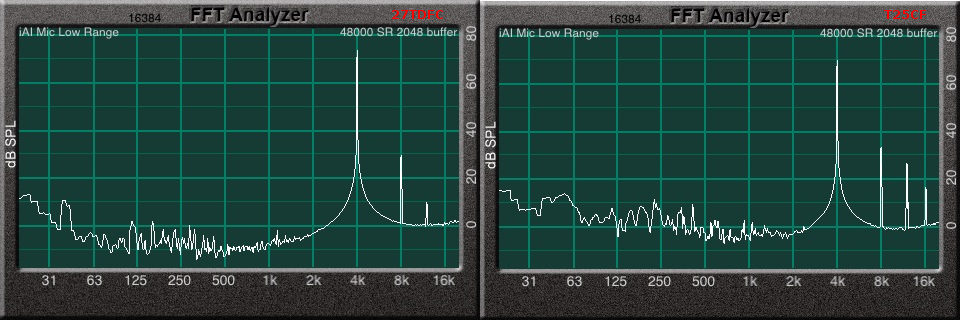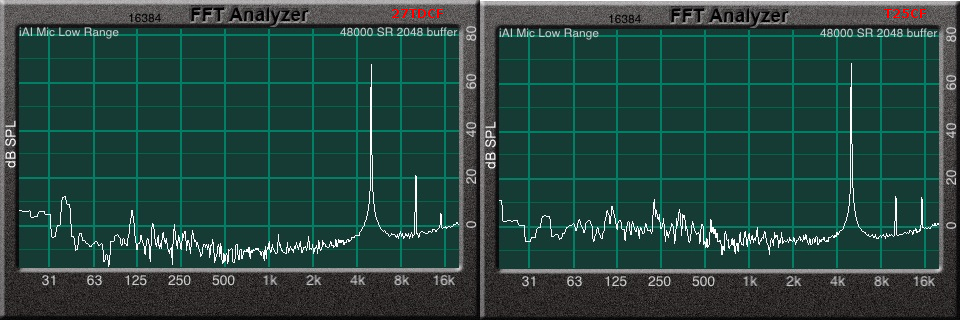To date, I have more than 85% of my CDs loaded on hard drive, only a couple hundred more to go. If you haven’t read [Getting Up To Speed], now’s the time. It’s the preface to this. I’ve been using the music server for a couple of months, and in that time I’ve learned some of the pros and cons of having your music collection on computer. All the cons are weakness of iTunes. (I’ve looked at a few other apps for computer audio organization, none appear to be significantly superior.)
-
Con — Album art is spotty. Less than 40% are found and some aren’t even correct. This is a puzzle since my library database application, Delicious Monster, finds 98% of the cover art and they’re all the correct versions. The few it doesn’t pull up can be quickly found for import.
-
Con — Track, artist, and other information is inconsistent, haphazard, and frequently wrong. The data entry, even on multiple CD box sets, can differ from one CD to the next. Genre for the same artist may be different from release to release. This causes confusion and sorting problems. Dates are sometimes entered as recording date, sometimes as release date, and sometimes it’s a complete mystery where the date came from, as for a recording from 1973, released on CD in 1994, and the download shows a date of 2006. It’s a pain having to fix the incorrect or inconsistent data. A few of the grossest errors I’ll manually reenter, but if I were to correct everything, I’d still be working on the first couple of hundred discs.
-
Con — iTunes is clearly pop music and single cut download oriented. Most of the music I have is not songs. Why is every individual track called a song? Why can’t I group tracks into a single piece of music without creating a playlist? Why can’t I sort by composer? Why do they have separate fields for “Artist” and “Album Artist”? It’s not intuitive to assume “Artist” refers only to the track artist—it should say “Track Artist” to distinguish it from the Album Artist. It’s terrible for classical music, so-so for albums, and doesn’t even have an option for holding liner notes, recording info, or other details. Its data fields are incomplete, poorly organized, and overall, very limited, especially for personalization and customization. From a company that prides itself on delivering aesthetically superior, high-functioning products, iTunes is a pie in the face.
-
Pro — Convenience. It’s so easy to flip through the collection, find something not listened to in years, then one click later the music is taking you away.
-
Pro — Convenience. It’s not hard to set up a playlist of tracks from a few or many CDs, one click later the music is taking you away.
-
Pro — Convenience. You’ve got your whole collection at your fingertips. No trying to read CD spines with your head cocked at ninety degrees. No pulling a CD off the shelf, opening the jewel box, popping out the disc, loading the tray. . , reopening, returning, reclosing, reshelving. . , just one click and the music is taking you away.
I knew the pros before diving into computer audio, but knowing isn’t the same as experiencing first hand. I’m sold, but I still have to buy CDs—there’s no choice. iTunes is sorely inadequate in the data department. I want liner notes. I want hard copy. The advantages and convenience, convenience, convenience of having one’s music accessible all in one location, easy to transfer to other playback devices, easy to select and play, and despite the limitations and clunkiness of iTunes, fairly easy to organize, is better than I anticipated. CDs were a leap forward from LPs; computer audio is a leap forward, however inelegant, from CDs.
![[art]by[odo]](https://artbyodo.net/wordpress/wp-content/uploads/2011/03/cropped-Header.jpg)
